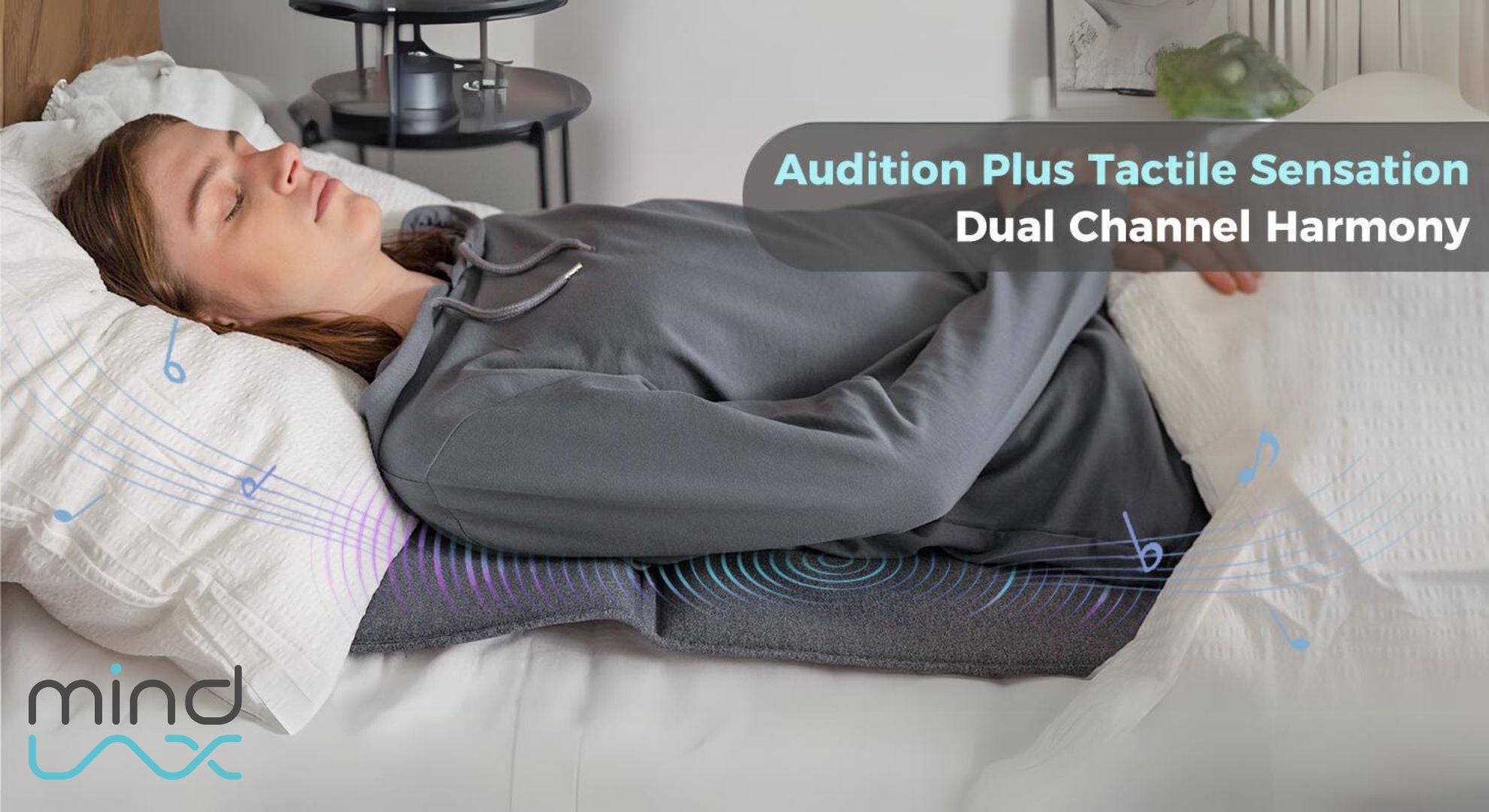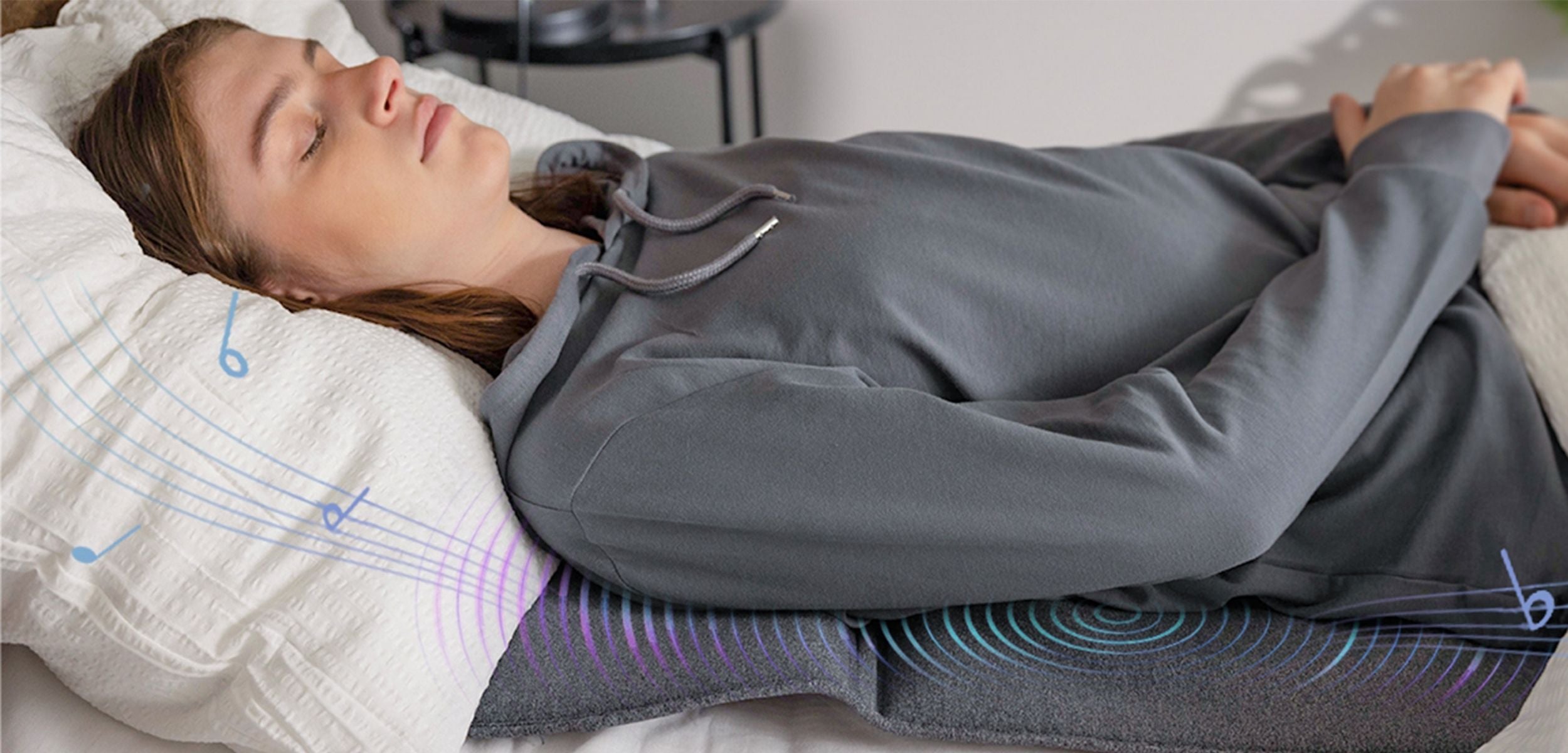The research on the impact of touch on the human body and regulatory feedback has a long history. From the earliest stage of embryonic development, the skin is closely connected with the brain.
After fertilization, the fertilized egg enters the uterus, where three different germ layers are formed in the third week after implantation, ectoderm, mesoderm, and endoderm. The endoderm develops into the epithelial lining of the digestive tract, as well as the stomach, colon, liver, bladder, lungs, and other organs, mesoderm, develops into bones, muscles, connective tissue, gonads, and circulatory system.
The ectoderm develops into the skin, brain, spinal cord, and peripheral nervous system, so there are also sayings that the skin is the outermost part of the brain, and the brain is the innermost part of the skin.
As the largest organ in the human body, the skin of an adult has an area of about 2 square meters, which is about 16% of the total body weight. It is highly innervated, with millions of tactile receptors, which collect information from the external environment and transmit this information to the central nervous system, so that the body can make feedback adjustments based on the information above.
The role of the central nervous system includes the acceptance, processing, transmission, decision-making, and feedback of environmental information from the sensory organs inside the skin to the human body system. Therefore, there is a close developmental connection between the skin and the brain, which not only affects the behavior of feedback adjustment.
This in turn affects the development and function of the brain, hormonal balance, mood, and behavior. The limbic system of the brain, the hypothalamus, is involved in this part of the feedback mechanism.
In the article "Epidermis as' Third Brain?" written by Japanese researcher Dr. Mitsuhiro Denda developed the idea that the epidermis (the outermost layer of the skin) is the interface between the human body and the environment and can be thought of as the "The Third Brain” ("Second Brain" in the case of the digestive system). Because it contains multiple environmental sensors and a sensory information processing system and produces various hormones and neurotransmitters that may affect general body state and mood.
In addition, the hypothalamic-pituitary-adrenal (HPA) axis is considered to be a key factor in maintaining homeostasis and the body's response to stress by producing cortisol, and tactile feedback is a key factor in stimulating the HPA axis. So tactile feedback plays an important role in emotional responses to environmental changes.
In this case, the body-conducted contact mechanical wave vibration sent by MindLax acts on the Pacinian corpuscle of the peripheral receptors of the skin. First, the tactile interaction signal is generated, transmitted through the peripheral nervous system, and finally acts on the hypothalamus to obtain neural feedback, and then activates the HPA axis to produce cortisol and other neurotransmitters to participate in further regulation, as well as to achieve the effect of calming and relaxing, reducing stress response, stabilizing emotions, and promoting sleep.
Let's take an example from the observable phenomenon. The fetus develops in the environment of the mother's womb filled with low-frequency sound waves.
Therefore, after the child is born, whenever the child is anxious or crying, as long as the mother hugs the child, the child can be calmed down-the mother's "tactile stimulation" to the child is the best soothing effect on it. Because the fetus is familiar with and adapted to the mother's vibration frequency in the womb environment, the specific frequency stimulation stimulates the child's "internal auditory" system, making the child return to the mother's body in a safe and comfortable state, thus producing a quiet and soothing feedback conditioning effect.
In addition, hearing is also a special sensory system of the human body. The sense of sound characteristics produced by the auditory organ under the action of sound waves. A suitable stimulus for this is sound waves. Sound waves are the periodic compression and rarefaction of air excited by the vibration of an object. Auditory receptors are organs of Corti composed of auditory cells on the basilar membrane in the inner cochlear duct.
The sound emitted by the vibration of the object travels through the air and passes through the conduction system of the outer ear, middle ear, and inner ear, causing the lymph fluid in the cochlea and the basement membrane fibers to vibrate, thereby stimulating the excitation of auditory cells and generating nerve impulses. The impulse travels along the auditory nerve to the posterior medial geniculate body of the thalamus, and after exchanging neurons, it enters the auditory area of the cerebral cortex (superior temporal gyrus) to produce hearing. The range that normal people can feel is 20-20000 Hz.
There are many studies in modern medicine and psychology on the adjustment of sound to the human body's stimulus feedback.
Our auditory system is like an alarm system that is always on standby. If there is noise while we are sleeping, the sudden change can attract attention and wake us up. And white noise or pink noise will create a masking effect, making people ignore the noisy environment. Compared with shielding many small, unaware sound changes, it makes people feel in a safe and stable environment, and thus sleep more peacefully.
Music can act on the limbic system of the human brain and the reticular structure of the brain stem through the human sense of hearing, regulate the cerebral cortex, and make the visceral activities, emotions, and behaviors of the human body have a good coordination effect. When music sound waves act on the brain, it will increase the excitability of nerves and neurohumoral fluids, and promote the secretion of biochemical substances beneficial to health. For example, music with a soothing rhythm and beautiful melody can make people secrete some healthy hormone enzymes, acetylcholine, and other substances, which play a role in regulating blood flow and nerve cell excitement.
The mechanical waves emitted by MindLax pass through body conduction and air conduction: they stimulate the human body's tactile and auditory systems respectively.
The signal is fed back to the hypothalamus, which integrates the tactile signal and the auditory signal, and the combined effect produces a brain wave entrainment effect, thereby regulating the working mode of the brain. Make the brain present the state of alpha brain waves, and then carry out a series of adjustments through the different mechanisms explained above, so as to achieve the effect of relaxation and sleep aid.
Therefore, MindLax uses dual-channel stimulation of touch and hearing, so that the effect of one plus one is far greater than two.






Leave a comment
This site is protected by hCaptcha and the hCaptcha Privacy Policy and Terms of Service apply.